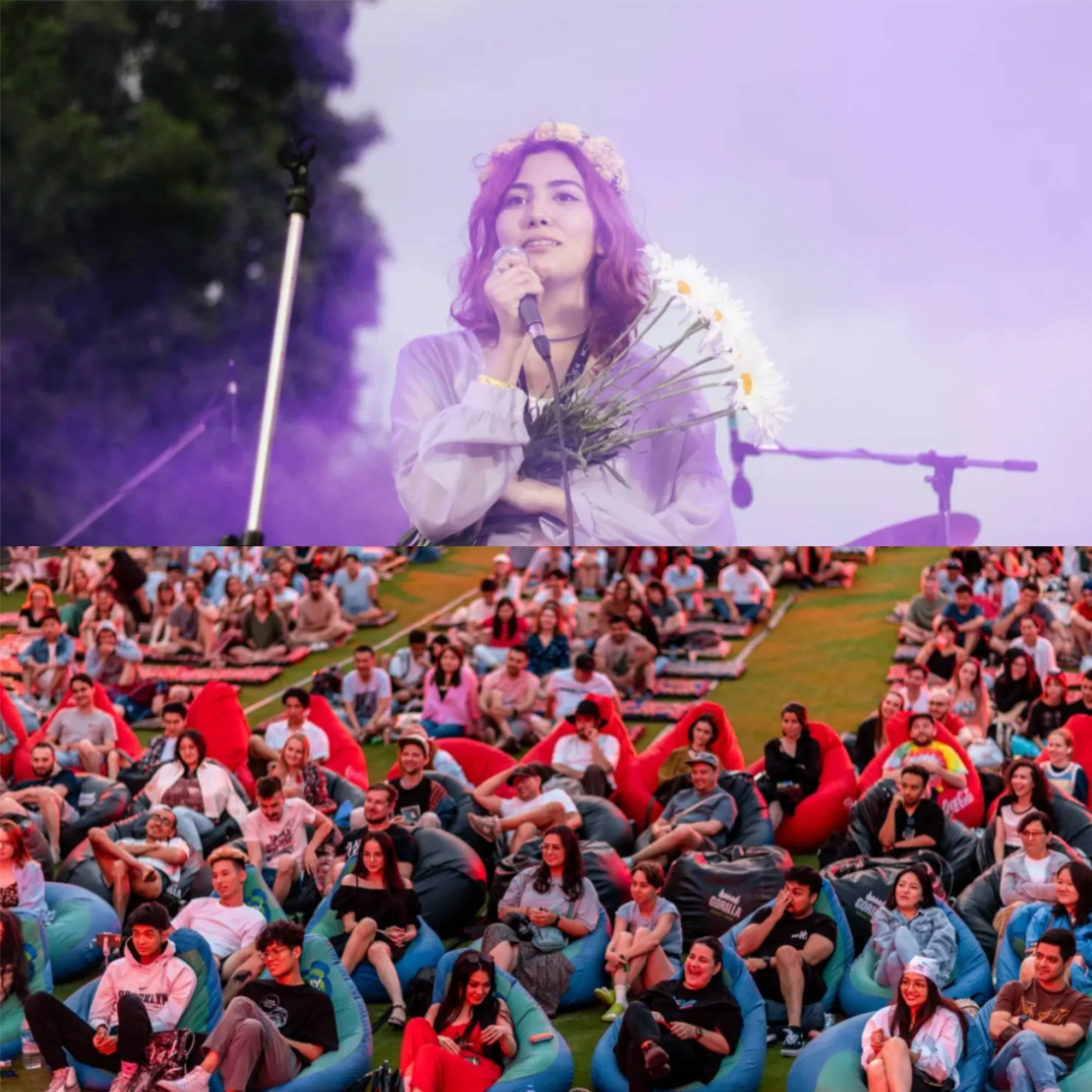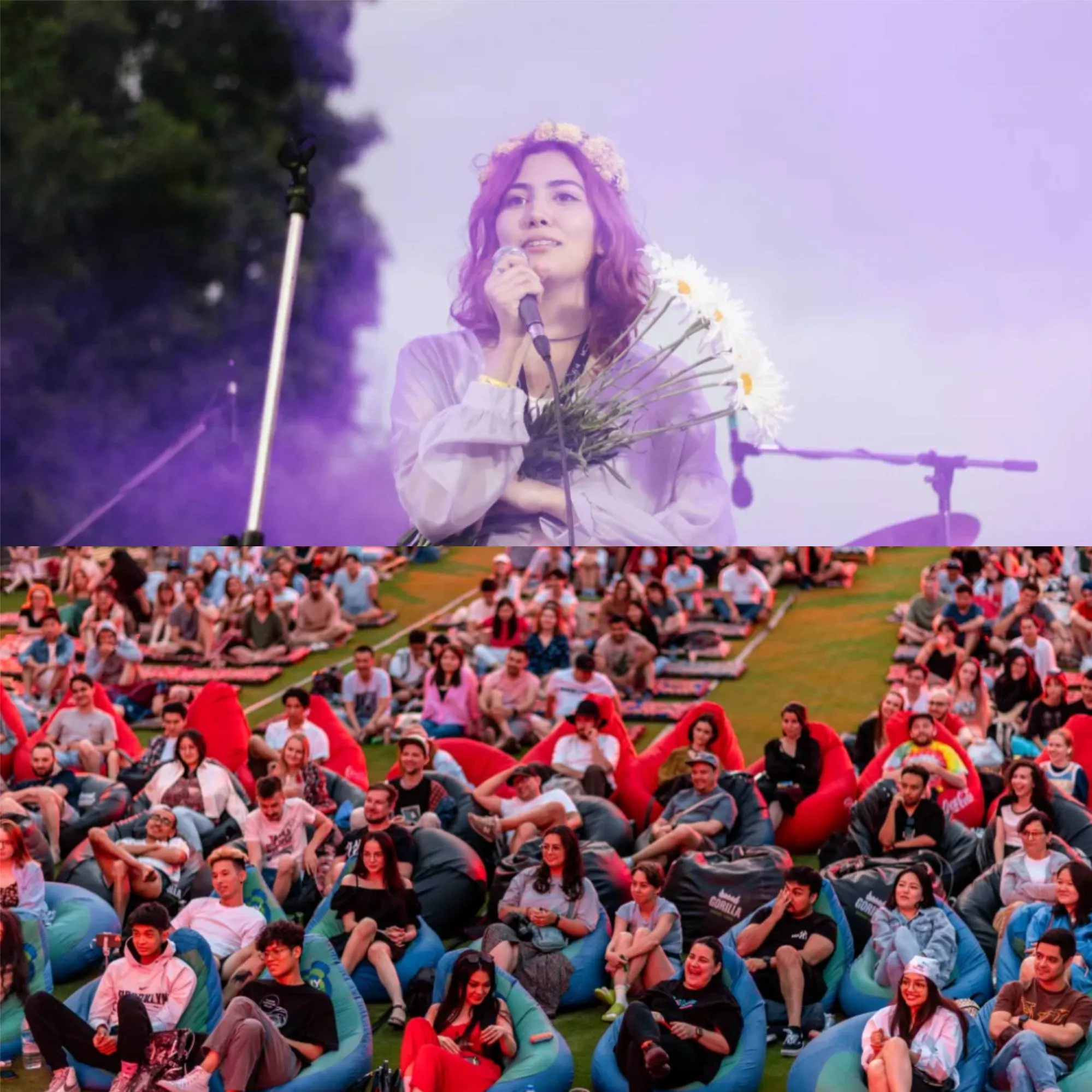Uzbekistan’s Young Generation Revolutionizing the Creative Economy
Uzbekistan’s Young Generation Revolutionizing the Creative Economy

Nestled in the heart of Central Asia, Uzbekistan has traditionally relied on agriculture and manufacturing. However, a burgeoning economy and a youthful demographic are now transforming the nation’s creative landscape. Significant government investments in arts and architecture have paved the way for a cultural renaissance. A prime example is the new State Art Museum in Tashkent, poised to be the largest exhibition space in Central Asia.
One of the key players in this cultural shift is Odil Mukhamedov, a 26-year-old entrepreneur who founded the creative community Moc in 2019. Recognizing the lack of local platforms for artists, Mukhamedov aimed to bridge this gap by uniting artists, musicians, designers, and architects. “We started to bring together every creative person we knew,” Mukhamedov shared with CNN. “The community began to grow, revealing the vast potential of Uzbekistan’s creative individuals.”
Mukhamedov highlights the challenges faced by young creatives in a nascent industry. “Without an established sector, it’s tough to stay. Many young people find it easier to migrate,” he explains. His solution involves fostering motivation among the youth to remain and thrive locally.
Uzbekistan, which gained independence from the Soviet Union in 1991 under President Islam Karimov, has undergone significant reforms since Karimov’s death in 2016. The country has worked on reducing trade barriers, easing business regulations, and opening the foreign exchange market. These reforms extend to the creative industries, seen as a crucial component of the country’s economic diversification.
Moc’s influence extends across Uzbekistan with independent arts festivals, including an electronic music festival in the Aral Sea desert and the Mocfest in Tashkent. This year’s Mocfest, scheduled from August 23 to 25, will showcase the talents of young musicians, artists, chefs, and environmentalists. “As the economy develops, it’s the perfect time for young creatives to make their voices heard,” Mukhamedov asserts.

With nearly 40% of Uzbekistan’s population under 25, social media has become a powerful tool for the younger generation to reach global audiences. Asal Saparbaeva, known as Littos, is a former gymnast and social media sensation with hundreds of millions of views on TikTok and nearly 15 million followers across various platforms. During the pandemic, Saparbaeva and her husband, Yaroslav Nikolenko, launched their social media company, producing content daily and using the universal language of visuals to engage a global audience. Saparbaeva’s acrobatic feats and stunts, often performed as a traditional Uzbek bride, inspire Central Asian women to pursue their passions post-marriage. “Social media offers young people a chance for self-expression and learning that traditional schooling may not,” she says.
In Tashkent, the Human House Gallery has supported local artists for over two decades. Founder Lola Saifi notes, “Doing business in Uzbekistan has become much easier in the past five years. While we are still at the beginning of nurturing a creative economy, the reduction in bureaucracy is a positive sign.” However, grassroots financial support remains a challenge despite the sector’s potential economic contributions.
The creative economy is beginning to gain broader recognition, with the Fourth World Conference on Creative Economy set to take place in October. This event aims to rejuvenate creative sectors affected by the pandemic and reflects the country’s broader transformation under President Shavkat Mirziyoyev, who has encouraged foreign investment and tourism since taking office in 2016.
Though freedom of expression remains a concern, Mukhamedov is optimistic about the future. “Change is already underway, and it will be pivotal for the country’s development,” he believes. “The creative economy holds the promise of elevating Uzbekistan to a new economic level.”
As Uzbekistan continues to embrace its young creative talent, the nation’s cultural and economic landscape is poised for a dynamic transformation.









Post Comment